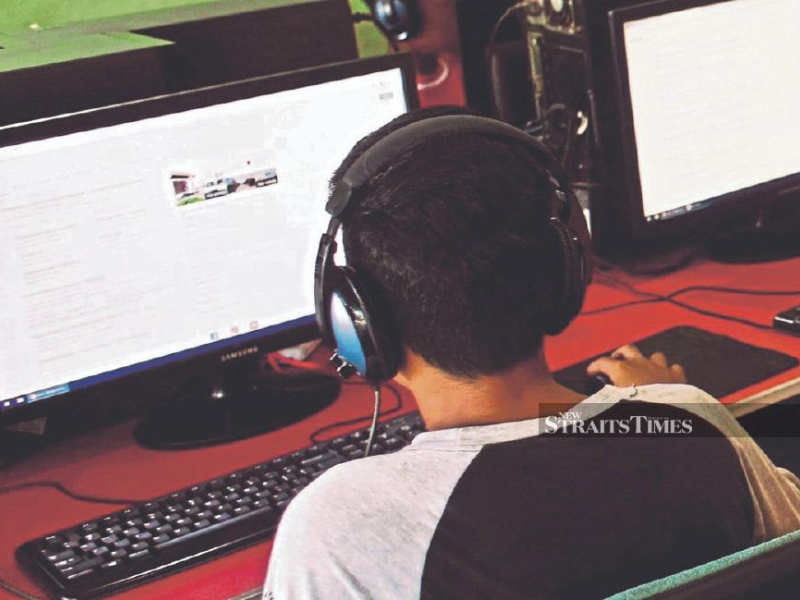Keeping Cyberspace Safe for Kids
LETTERS: We refer to the letter titled “Curbing digital addiction in kids” (NST, Dec 27).
There is much to be done to keep the online world safe for children, especially with the increase in dangerous content.
The first line of defence is to educate children on self-regulation and the dangers in the online space.
Children can easily access the Internet. They are still learning about the online space and social boundaries. They may post personally identifiable information online.
But conversations about online safety must be started by parents.
Children must be warned about content that may pose a risk to them. They may disable the parental controls or find a way around them. But being aware of what is inappropriate content or what dangerous links look like is a big step towards protecting themselves.
As soon as your child starts accessing the Internet, maintain a constant and healthy conversation about the content that he watches and who he talks to online. This keeps him prepared for possible encounters with “negative” content.
Self-regulation is a far more effective tool than enforcement or regulations.
In this country, the Malaysian Communications and Multimedia Content Code promotes self-regulation by the public and industry players (advertising, broadcasting, media and digital).
The code is a set of guidelines drawn up by the Content Forum, which outlines best practices and ethical standards for content creation and consumption across all platforms. It was also drafted with the susceptibility of younger audiences in mind.
Part 2 of the code covers indecent, obscene and violent content, among other things.
The code can be used as a guide in outlining to children what can be considered as harmful.
Last year, the Content Forum conducted a public consultation exercise on the revamp of the code.
It involved many town halls and dialogues with stakeholders and the public.
One key takeaway was people generally have a collective need to make sure that content is safe.
There are tools on mobile devices, streaming platforms and social media sites that parents or guardians can use. They will provide enough information on the content.
Some parents are more lenient and some are very strict. So classifications and self-regulation help ensure whatever is streamed aligns with the values at home.
From parents to governmental bodies, non-governmental organisations and the general public, everyone has a part to play in keeping children safe from online predators and explicit or inappropriate content.
If in doubt, they can refer to the code, which can be found on our official website, or they can even reach out to the Content Forum for assistance. Those who encounter offensive, obscene or violent content may contact the Complaints Bureau of the Content Forum via the complaints portal on the website.

